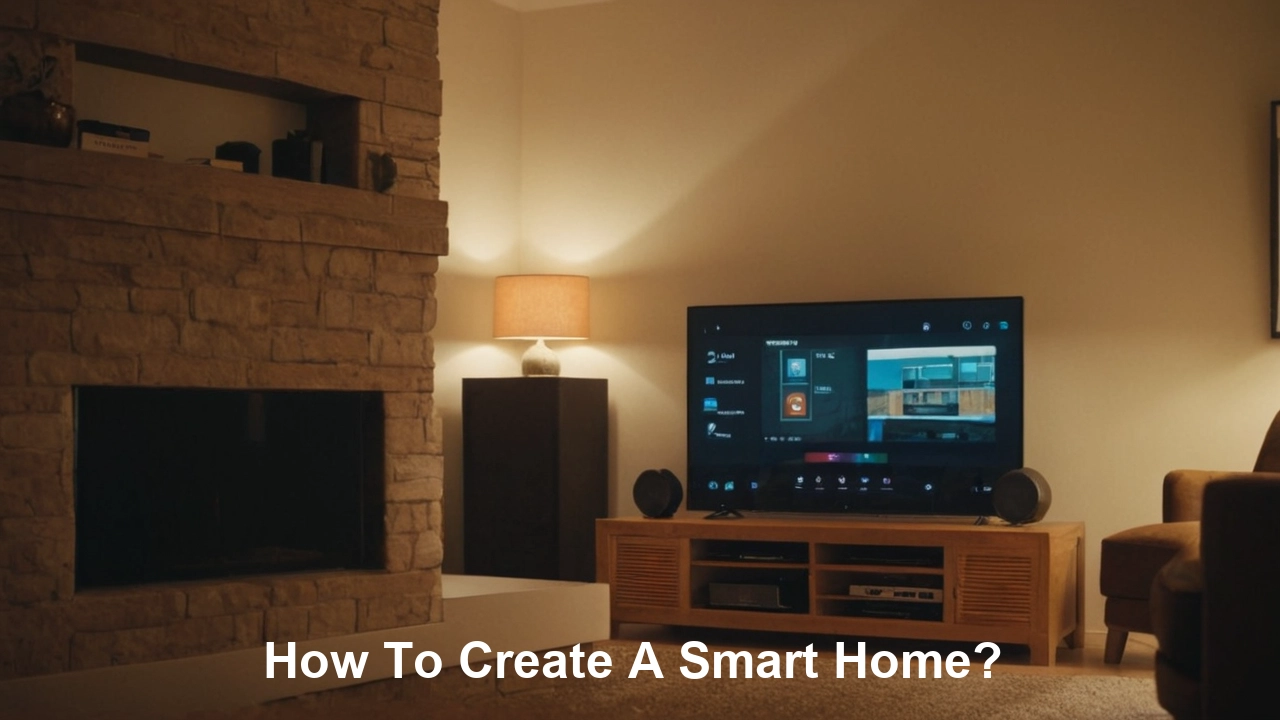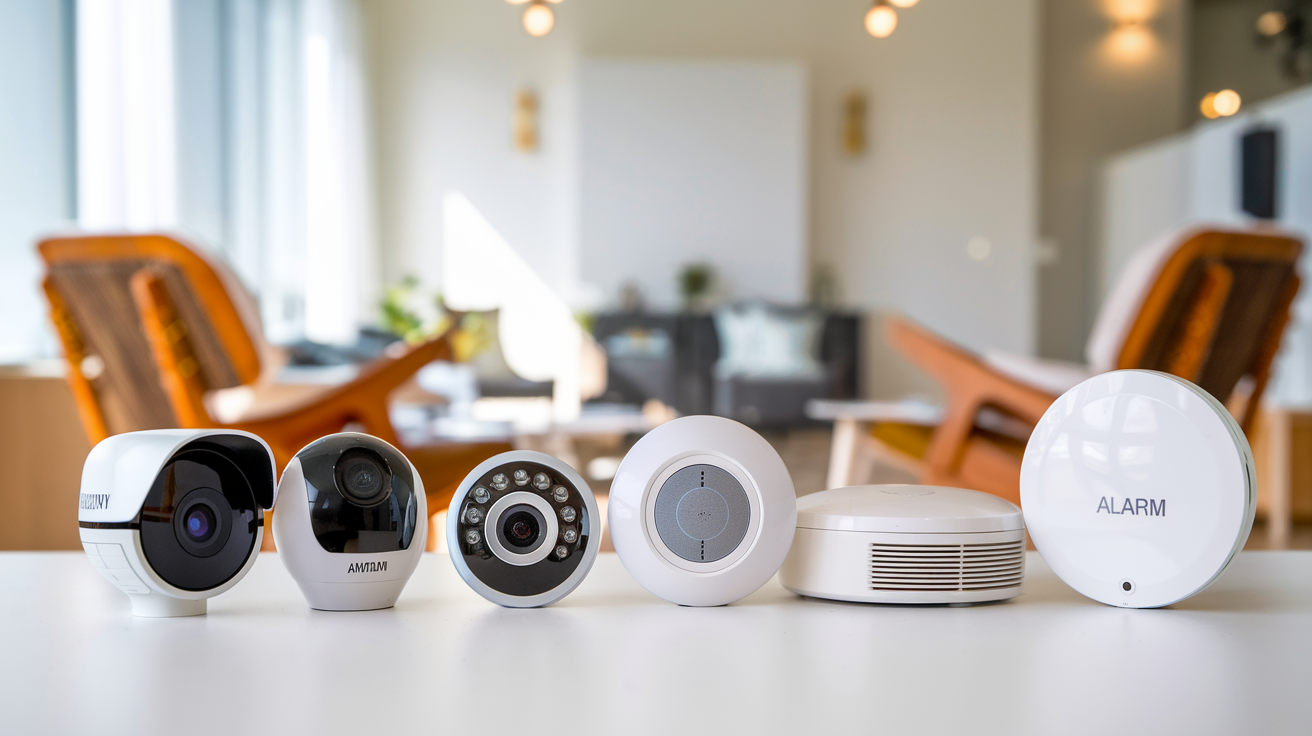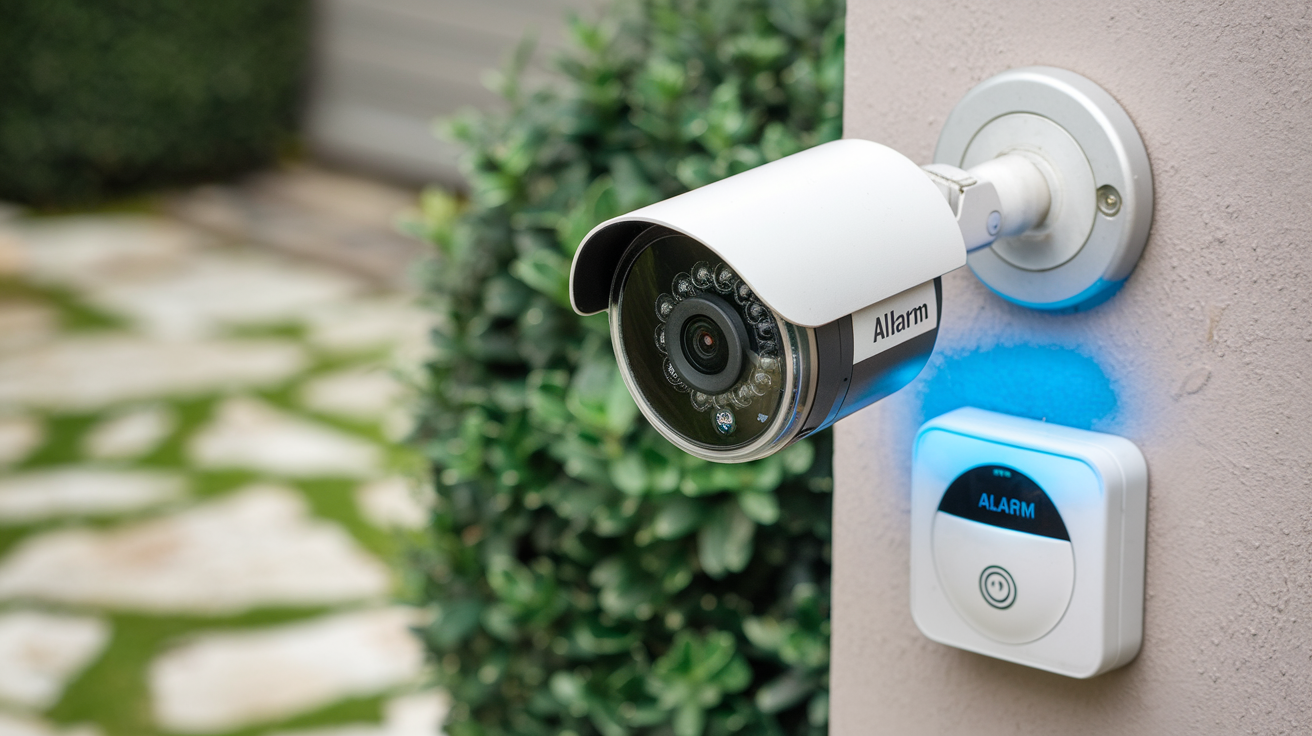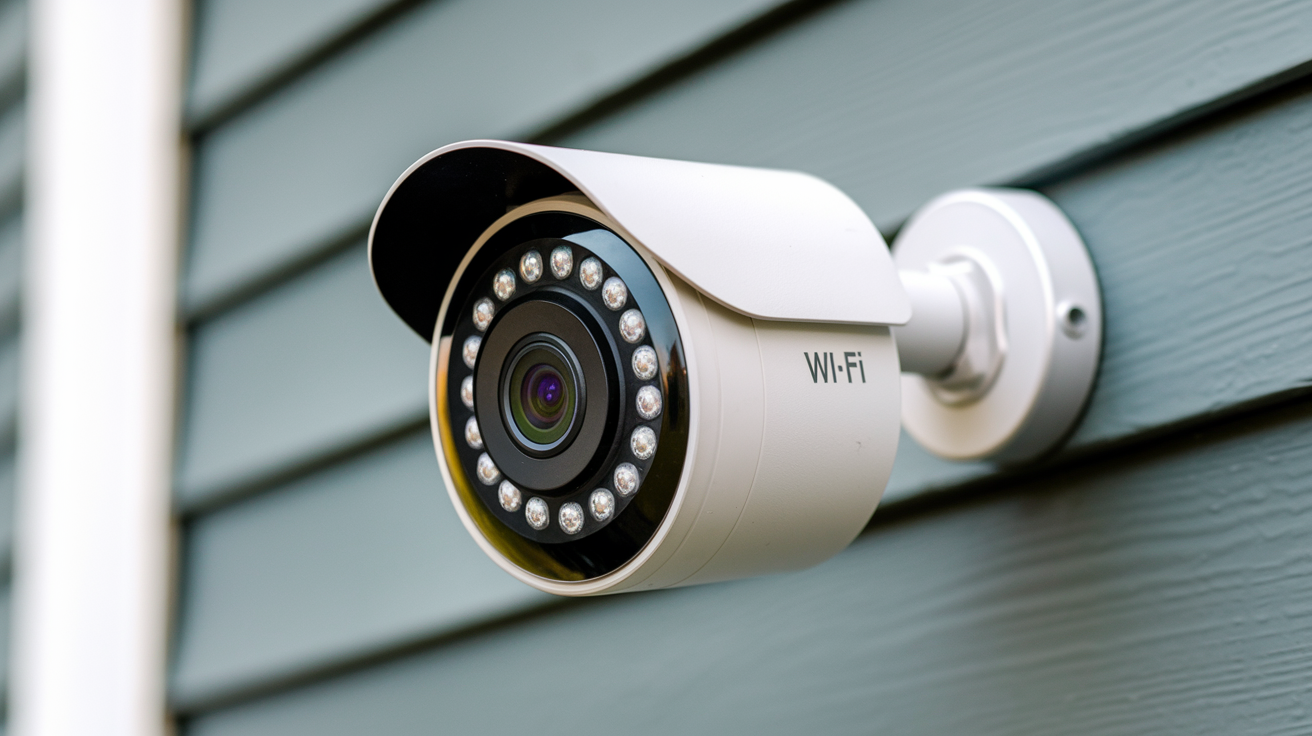From any room in the house, from anywhere in the world by phone or internet connection, smart homes define a house with appliances, lighting, heating, air conditioning, TVs, computers, entertainment audio and video systems security and camera systems that can interface with each other and can be operated on remote control by time. A smart home also fits your daily schedule to easily do various chores for convenience, comfort, energy saving, and security.
Smart Home Devices: A Beginner Guide
Here are some devices you may start with if you want to dip your toe into the Smart Home Automation scene without committing yourself entirely: Here are some devices you may start with if you want to dip your toe into the smart home scene without committing yourself:
Intelligent speaker Popular access points include smart speakers such as Amazon Echo or Google Home. They may be timekeepers setting timers and issuing alerts, informants providing news and weather, speakers playing music, and smart assistants utilizing voice commands to operate smart lighting and other devices.
Smart Light Bulb The first smart home upgrade is simply changing a traditional light bulb to a smart LED bulb that can be controlled through a smartphone. Brands like Philips Hue, LIFX, or TP-Link Kasa can help you manage your bulbs from your phone.
Smart Plug Smart plugs are devices that can make an otherwise ‘dumb’ device smart by enabling remote control. There are lamps, fans, coffee makers, and other devices you plug into the smart plug, and then you can switch their state on or off with the help of an application on your phone.
Smart Thermostat - If you own a Nest, Ecobee, or Honeywell Home thermostat, it can control your heating and cooling systems to get more efficiency. They adapt to the household schedule and habits and set themselves to control the climate in the house.
Ring Doorbell or Nest Hello:- There is nothing quite like receiving a real-time video feed from your doorbell from your mobile device. When the bell rings or sensors are activated, it immediately sends an alert to your device.
Smart Home: Primary Components
Here are some of the main components that make up a fully integrated smart home:
Smart Hub/Controller:-Since it handles connecting with all the smart devices and acts as the primary control point, smart hubs/controllers are essentially the main command center for a smart home. Among the more popular smart home helpers are Samsung SmartThings, Amazon Echo Plus, Apple HomePod, and Wink Hub.
Lighting Control:- Using smart bulbs, switches, panels, and plugs can let you control the lighting in each room in your house based on the time of the day. Major participants include Belkin WeMo, Lutron Caseta, and Philips Hue.
Climate Control:- They track your behavior and adjust your house's temperature to match suitable levels for control of climate. Among the main brands are Nest, Ecobee, Emerson Sensi, and Honeywell Home.
Home Security:- The house is safe with alarms including motion detectors, door or window contacts, and cameras able to send phone alerts. Leading choices include Ring Alarm, SimpliSafe, Abode, and Nest Secure.
Appliance Control:- Using smart plugs and buttons can help you to manage your domestic appliances—including refrigerator, stove, microwave, coffee machine, and much more. Among the hit items are the Wemo Mini Smart Plug, Eve Energy, and TP-Link Kasa.
Home Entertainment & Multimedia - Play movies and music on your HDTV, home theater, speakers, or projector—all of which you can control with your smartphone or tablet. Sonos, Bose, Chromecast, and Amazon Fire TV are therefore compatible with one another.
Voice Control:- Smart home appliances such as Apple HomePod, Google Assistant, and Amazon Alexa among others provide users with voice control of their houses. One may listen to music, get information, do errands, and among other things use voice commands.
Home Networking An Internet connection that is delivered by Eero, Google WiFi, and Linksys Velop among others to support the growing demand for smart devices at home.
Smart Assistant Software AI-based smart assistant systems such as Amazon Alexa, Google Assistant, and Apple HomeKit are cloud-based and operate based on contextual prompts to provide suggestions and perform actions.
Selecting the Right Smart Home System
There are so many smart devices and ecosystems available in the market and therefore, the best way to get a perfect smart home system is to choose a single smart home platform that integrates all the devices. Here are some top options to consider:
Amazon Alexa - Alexa can integrate with over 100 thousand smart home devices from a thousand-plus vendors. Opt for Alexa built-in devices if you want the simplest integration. All of these can be managed through the Alexa App.
Google Home has built-in compatibility with Android, Nest, and Chromecast products. Google Assistant voice control. Supports more than 10,000 smart devices. With this voice assistant, one can control it with the help of the Google Home application.
Apple HomeKit compatibility with Apple equipment. Strong focus on privacy. Siri voice commands. More than 150 accessories that work well with other Apple devices in a smart home environment.
SmartThings is definitely, one of the most platform-agnostic platforms. An extensive list of the supported devices that include top and obscure brands. Reliable automation engine.
Wink Smart home compatibility for over 250 devices. Two hubs are available. It supports both client-side and server-side processing. Open API includes new devices and services.
Connecting Devices and Preparing Them
The first one of the overall setup procedures is the installation of any hub or gateway equipment that may need to be installed and connecting it over an Ethernet cable or through a wireless connection to the Wi-Fi router. Second, to use the platform, download the platform app from the iOS App Store or the Android Play Store. Almost all smart home brands need you to sign in to an account to manage the devices. Devices should be set up as described in the manual issued for each particular device. In most platforms, after the hardware is powered on, you just have to launch the app to search, connect, and set up new devices.
Automating Your Smart Home
Most smart home platforms have features for creating scenes, schedules, and automation. For instance, the lights can be programmed to come on at dusk or the thermostat to change at your time.
Scheduling:- Enable lights to switch on or off at specific times when you are out of the house or switch on when you are due home. Subtle increase in the light intensity to mimic sunrise to wake up.
Home Comfort - Set home and away temperatures on the thermostat. Switch ON the AC unit automatically when the humidity level is high. Ensure that vents are closed in the unoccupied rooms.
Energy conservation:- Smart plugs switch off appliances such as television sets and curling irons when not in use, to avoid energy wastage by constantly staying and possible fire outbreaks.
Home Monitoring:- Get notifications when smoke/CO alarms go off, or if there is a water leakage. Be able to see notifications in real-time when the security cameras record something while you are away.
That is how to develop a fully automated connected smart home that automates all activities making homes safe, efficient, and comfortable to live in. Welcome to living life smarter!
Protect your home today with ADT’s top-rated security solutions!
Call now at +1 877-470-7879 to get a free consultation and find out how you can secure your home with the best in the business. Don’t wait—ensure your peace of mind with ADT!






